In the days after Hamas’s attack on Israel last week, everyone wondered how much Iran knew beforehand. But a focus on the specifics of the 7 October operation misses the point. The attacks just wouldn’t have been possible without Iranian support. It doesn’t matter much if they directed them.
A Hamas leader said Soleimani had given a delegation of his group $22 million in cash
The kinship between Hamas and Iran began in the nineties. Hamas was founded in 1987 by followers of the Muslim Brotherhood, an Egypt-based Islamist movement, and throughout the 1990s, as the conferences in Madrid and Oslo led to hopes for an Israeli-Palestinian reconciliation, with the Palestine Liberation Organisation (PLO) representing Palestinian interests, Tehran opposed the plans. It bolstered Hamas and other rejectionist groups, pitting them against the PLO’s leadership. In 1992, months after the Madrid peace conference, Iran’s Supreme Leader welcomed Hamas’s Mousa Abu Marzook in Tehran. ‘Muslims should have hopes that a Muslim state can replace Israel,’ he said. ‘The people of Palestine, relying on their Islamic faith, must expel the aliens who have come from Europe, US, Australia and other countries and set up their own state there.’
Iran’s relationship with Hamas was transactional from the start. They mainly just share a desperation to hurt Israel. In 2002, at the height of the Second Intifada, a campaign of terrorism that buried the hopes of peace for a generation, Khamenei praised not just Hamas but the secular nationalist Fatah and the Marxist-Leninist Popular Front for Liberation of Palestine (PFLP). They were attacking Israel, and that was all he cared about. The PFLP still supports Iran today, and mythologises Qasem Soleimani, the former IRGC commander who was killed by a US drone attack in 2020.
The Tehran-Hamas relationship hasn’t always been simple, either. Sectarianism in the 2010s, after the Arab Spring, meant that relations between the Sunni Hamas and Shia Iran were strained. Look at the aftermath of the Syrian revolution of 2011, a revolution which soon turned into a bloody civil war. In line with the Syrian Muslim Brotherhood, Hamas initially supported the revolution against the government of Bashar Assad, even though he had previously hosted Hamas’s leadership. The Iranian regime did the opposite, dispatching tens of thousands of IRGC militants and foot-soldiers from its allies in the Axis of Resistance (which consists of Tehran-backed groups from Syria, Iraq, Yemen, Afghanistan, Pakistan and beyond) to defend Assad. The stormy post-2011 period in Arab politics also came with a power struggle inside Hamas between those keen on maintaining Iranian sponsorship, and others who were critical of it. But the latter faction soon weakened – it was hard to find a donor as consistently generous as Iran. In 2013, a coup brought down the other would be sponsor, the Muslim Brotherhood-aligned government of Mohamed Morsi in Egypt. Still, in 2016, the Hamas leader, Khalid Mashal, told Western media that Iran was no longer a main backer of the group, and that it didn’t want to a fight a war with Israel. Shortly before, Mashal had visited Iran’s arch rival, Saudi Arabia, and met with King Salman in the holy city of Mecca.
But whatever ideas Mashal had about abandoning Iran, they were soon abandoned. In 2017, the elected leadership of the group passed to his rival, Ismail Haniyeh, who abandoned all opposition to Damascus and cemented Hamas’s relationship to Tehran. Soleimani congratulated Haniyeh upon his election, urging him to ‘continue to uphold the line of Jihad until the liberation of Al-Aqsa Mosque and the entirety of Palestine.’ This contradicted a Hamas charter that Mashal had unveiled less than a week before Haniyeh’s election, which had been surprisingly open to a two-state solution. But as Khamenei had repeatedly declared, Tehran wanted a Palestine ‘from the river to the sea, not an inch less.’
Since then, Iran has increased its support to Hamas, and it now openly coordinates operations between it and other Axis partners, attempting to build a united front against Israel. In 2012, IRGC officials made vague comments about giving Hamas their missile capacities. Today, they are much more open about it. Hamas officials admit to getting hundreds of millions of dollars from Iran. In 2021, a Hamas leader said Soleimani had given a delegation of his group $22 million in cash. ‘It was to be even more but there was only nine of us and we didn’t have enough space in our suitcases,’ he said.
In the days since the 7 October attacks, Khamenei has carefully distanced Iran. But he and other regime officials have backed Hamas to the tilt, boasting about their own role in strengthening the group. IRGC’s Tasnim news agency ran an exclusive report last week, celebrating Hamas’s military preparedness, and showing that the group had been training to attack Israel for four years.
In its analysis of the attacks, the daily Kayhan, known to be a mouthpiece of Khamenei, emphasised the ‘shadow of Soleimani’ hanging over Hamas’s operation. It swooned that the attacks had defeated the attempts to normalise relations between Israel and its Arab neighbours. It reminded its readers of Khamenei’s infamous 2015 promise, that Israel would be destroyed in less than 25 years. It also reminded them that Khamenei had repeated his position on 3 October, a few days before the attacks, when he promised that ‘with the grace of God, this cancer will be destroyed by the people of Palestine and the forces of resistance in the whole region.’
Got something to add? Join the discussion and comment below.
Get 10 issues for just $10
Subscribe to The Spectator Australia today for the next 10 magazine issues, plus full online access, for just $10.

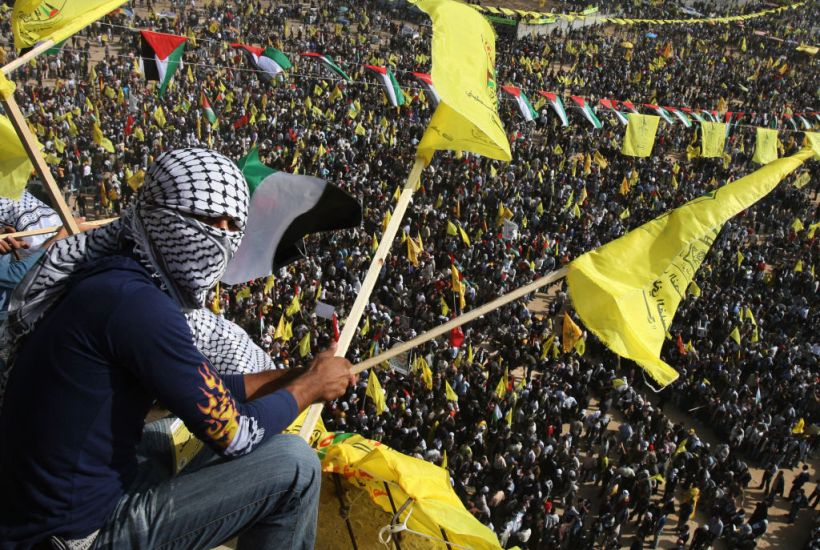
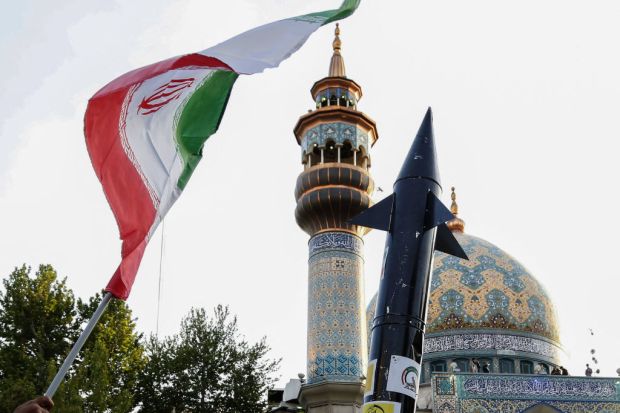
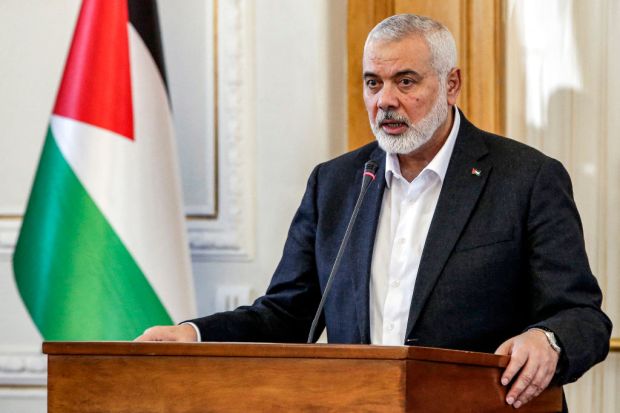
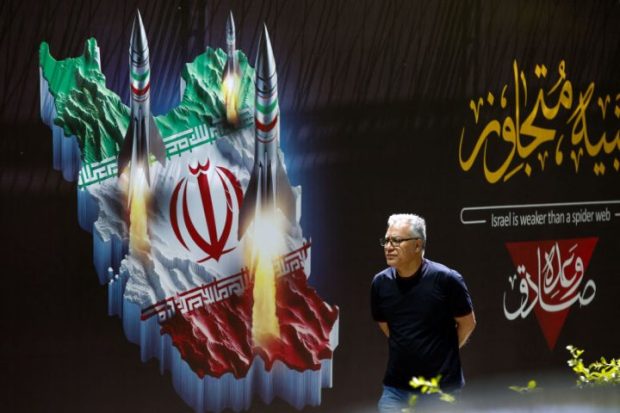
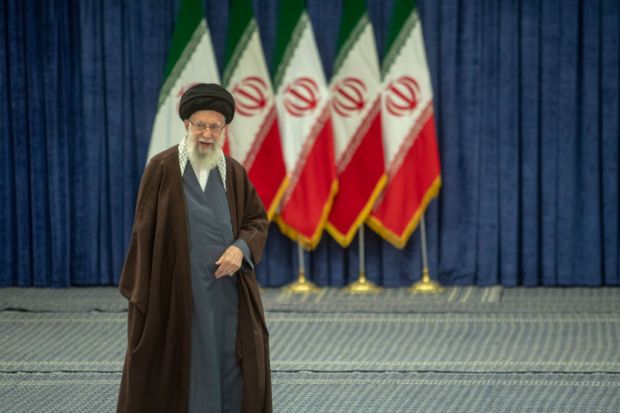
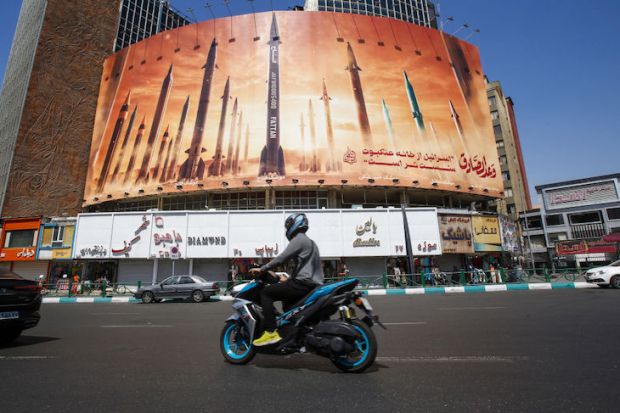
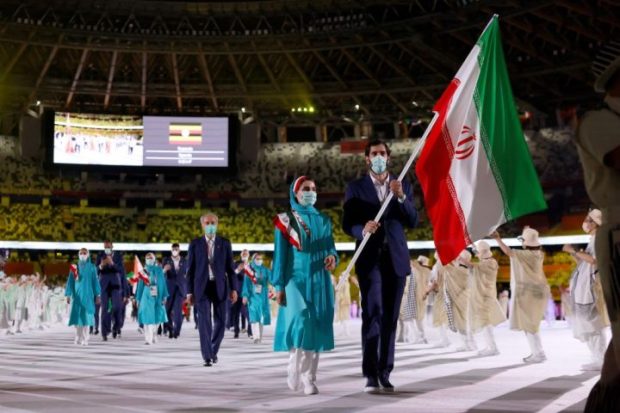












Comments
Don't miss out
Join the conversation with other Spectator Australia readers. Subscribe to leave a comment.
SUBSCRIBEAlready a subscriber? Log in